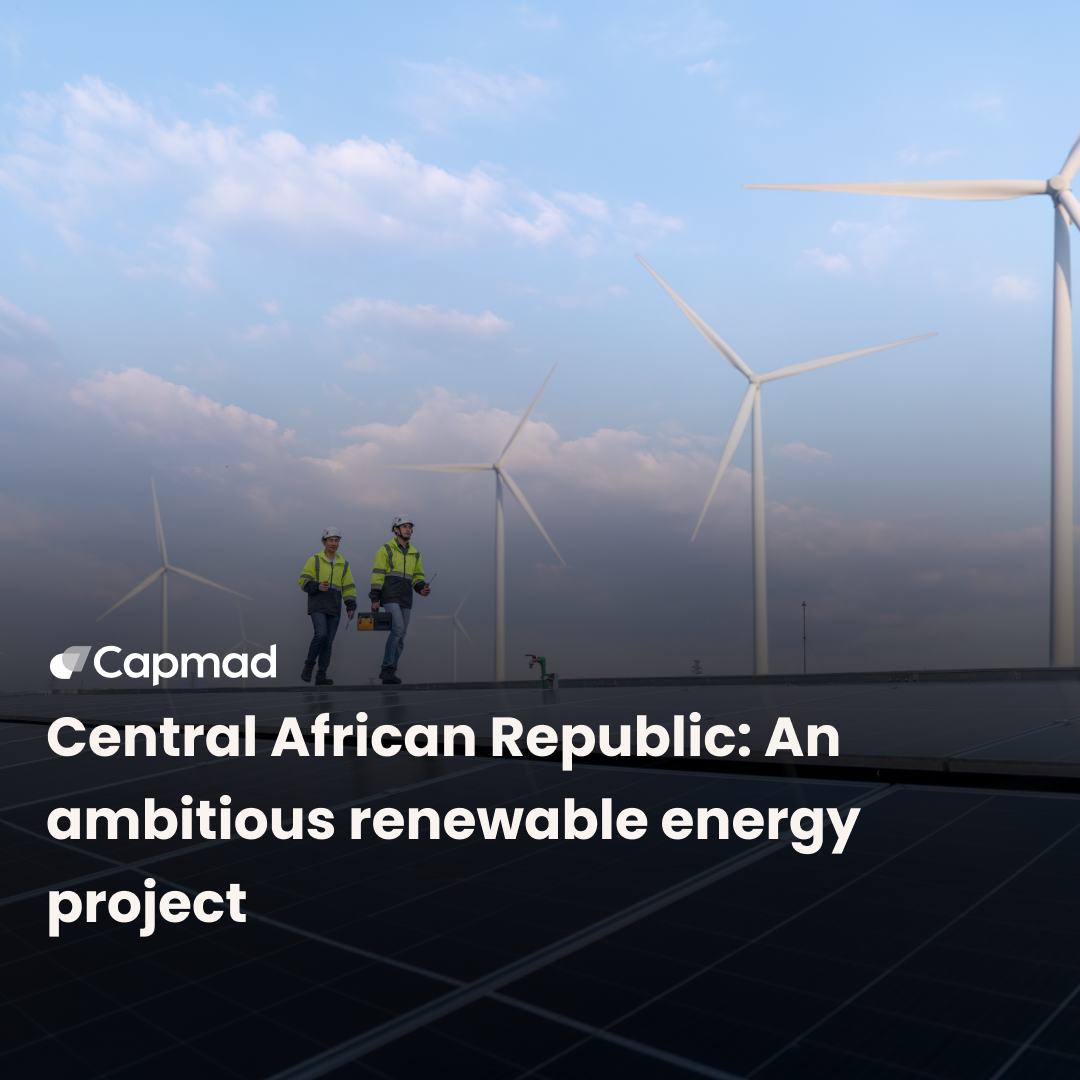South Africa, with its abundant sunshine, is well-positioned to harness solar energy. However, progress in fully utilizing this resource has been slow. This is concerning, given the frequent power outages and environmental impacts caused by the country’s reliance on coal-fired power plants. To address these issues, the government is adjusting regulations on private electricity production and offering tax incentives to encourage the installation of solar panels.
Slow adoption of photovoltaic solar energy
South Africa’s energy mix is heavily reliant on coal-fired power stations, which produce 85 % of the country’s electricity. This reliance contributes to frequent power outages and significant environmental damage. Accelerating the adoption of solar energy could help alleviate these problems.
Despite the country’s ideal conditions for solar energy, this renewable resource currently contributes to less than 5 % of national electricity production. Only 10 % of households use solar energy regularly, although adoption has been increasing rapidly.
Installed photovoltaic solar capacity on rooftops surged from 983 MW to 4,412 MW between March 2022 and June 2023, marking a 349 % increase. This boost could significantly ease the load on Eskom, South Africa’s main electricity provider. In response, the government has introduced incentive measures to promote solar energy.
The 2022 energy plan relaxes regulations on private electricity production, and since March 2023, tax reductions have been implemented to encourage solar panel installations. However, several challenges are still hindering the transition to solar energy in South Africa.
Challenges in adopting domestic solar energy
Financial barriers
The high costs of installation, equipment, and maintenance for domestic photovoltaic systems are major obstacles. Low-income households often cannot afford the upfront investment, even with a solar subsidy that covers 25 % of the costs, capped at 15,000 ZAR (approximately 826 USD).
Moreover, many low-income households lack access to bank loans due to insufficient collateral, making it difficult for them to finance solar installations. This issue is also prevalent in other developing countries, where high initial costs impede the shift to renewable energy.
Personal and technical barriers
A lack of information and negative perceptions of solar energy also pose significant challenges. Some households are unaware of the benefits of photovoltaic systems, while others doubt their effectiveness. For example, improperly installed solar water heaters may malfunction, leading to frustration and discouraging other households from adopting the technology.
Additionally, the scarcity of maintenance services and spare parts complicates solar energy adoption. Government-provided systems sometimes break down quickly, and acquiring new parts, often imported, is costly and time-consuming. This problem is also seen in other African countries, such as Nigeria and Guinea-Bissau, where local manufacturing capacities are limited.
Institutional and social barriers
Municipalities and Eskom are hesitant to fully support solar energy adoption due to concerns about losing revenue. For instance, Stellenbosch municipality could face a 2.4 % loss in annual revenue if households switch to solar energy. The lack of clear renewable energy policies further complicates the deployment of sustainable solutions. A 1999 government program to install solar systems failed due to inadequate guidelines and corruption.
Solar panel theft is another significant social barrier. In some areas, like Folovhodwe village in Limpopo province, theft of solar equipment is common, discouraging households from investing in solar technology. The ease of theft makes residents wary of solar solutions.
Promoting domestic solar energy : Action plan
To address these challenges, several measures are needed. Establishing loans, grants, and power purchase agreements can help make solar energy more accessible, especially for low-income households. The example of Seychelles, which introduced interest-free loans for solar water heaters, demonstrates how such initiatives can boost adoption.
An awareness campaign to educate the public about the benefits of solar energy is also crucial. This can be achieved through community meetings, social media, and school programs. Solar energy companies should provide proper guidance on the appropriate size of systems and offer clear information before installation.
Ongoing technical support through local maintenance centers is essential for households adopting solar energy. Additionally, implementing security measures, such as motion sensors and floodlights, can help prevent theft. Public subsidies for these security measures could further reduce costs for households.







